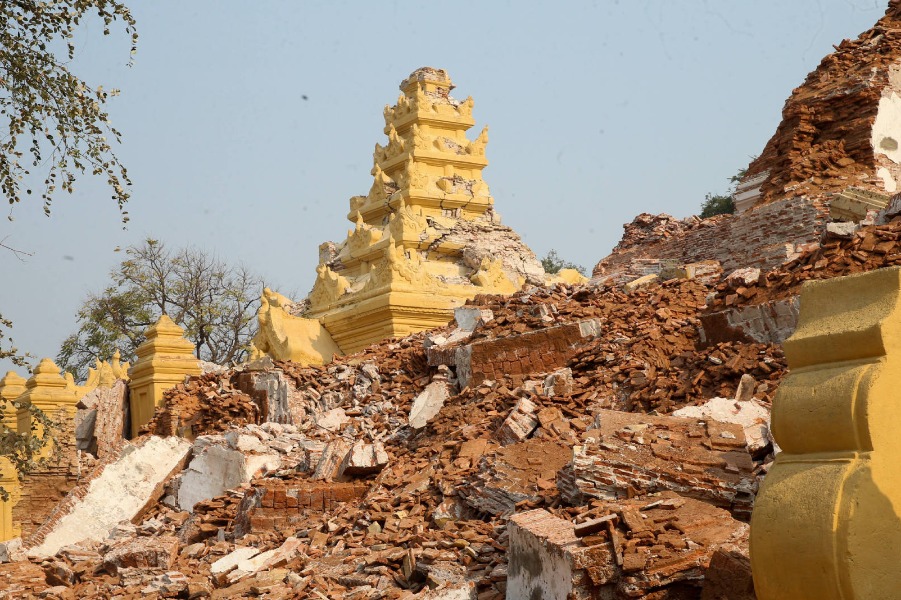'Sponge cities' offer answers to NZ floods


Will China's "sponge cities" be the answer to alleviate future urban flooding in New Zealand?
It is a question analysts are asking as New Zealand starts the long process of rebuilding following the worst flooding in the country's history.
Auckland, the biggest city in New Zealand, had four months' worth of rain dumped in a 24-hour period in late January. While Auckland had a good record for flood mitigation, it was not enough to hold back the water that turned streets into rivers and caused widespread flooding throughout the city.
As urban centers keep expanding around the world, more land is being taken up for buildings and roads. More concrete covering the ground means less water that can be absorbed.
Amid this problem, experts say New Zealand should take a closer look at the "sponge cities" solution, a concept that China has implemented successfully in major cities to collect stormwater and prevent flooding.
In 2015, China launched the sponge cities program in 16 cities to reduce the intensity of rainwater runoff.
The idea was simple. Restore parks and grasslands, keep creeks and lakes, and incorporate major drainage projects to allow water to be collected and stored or piped away from urban areas.
Chinese landscape architect Kongjian Yu, one of the leading proponents of the sponge city concept, believes cities should incorporate nature's "ability to absorb, store and filter water".
Urban planning
He has said that if urban planning involves more concrete, buildings and roads, it reduces the potential for water to be absorbed into the ground.
Timothy Welch, senior lecturer in urban planning at the University of Auckland, said, "The sponge city concept, and ideas about letting nature handle stormwater, don't have to be extravagant or expensive. They can be as simple as planting more trees and greenery, using less pavement for driveways or more porous cement for car parks."
In an interview with China Daily, Bharat Dahiya, an international expert on urban development, said, "Whether they are well-established cities like Auckland, or new ones such as Nusantara, Indonesia's upcoming new capital city, they will be affected by the imminent impacts of global climate change."
Dahiya, director of the Research Center for Sustainable Development and Innovation at the School of Global Studies at Thammasat University, Bangkok, said: "These impacts include the increasing frequency and intensity of hydrometeorological hazards, and related higher precipitation and catastrophic flooding."

































